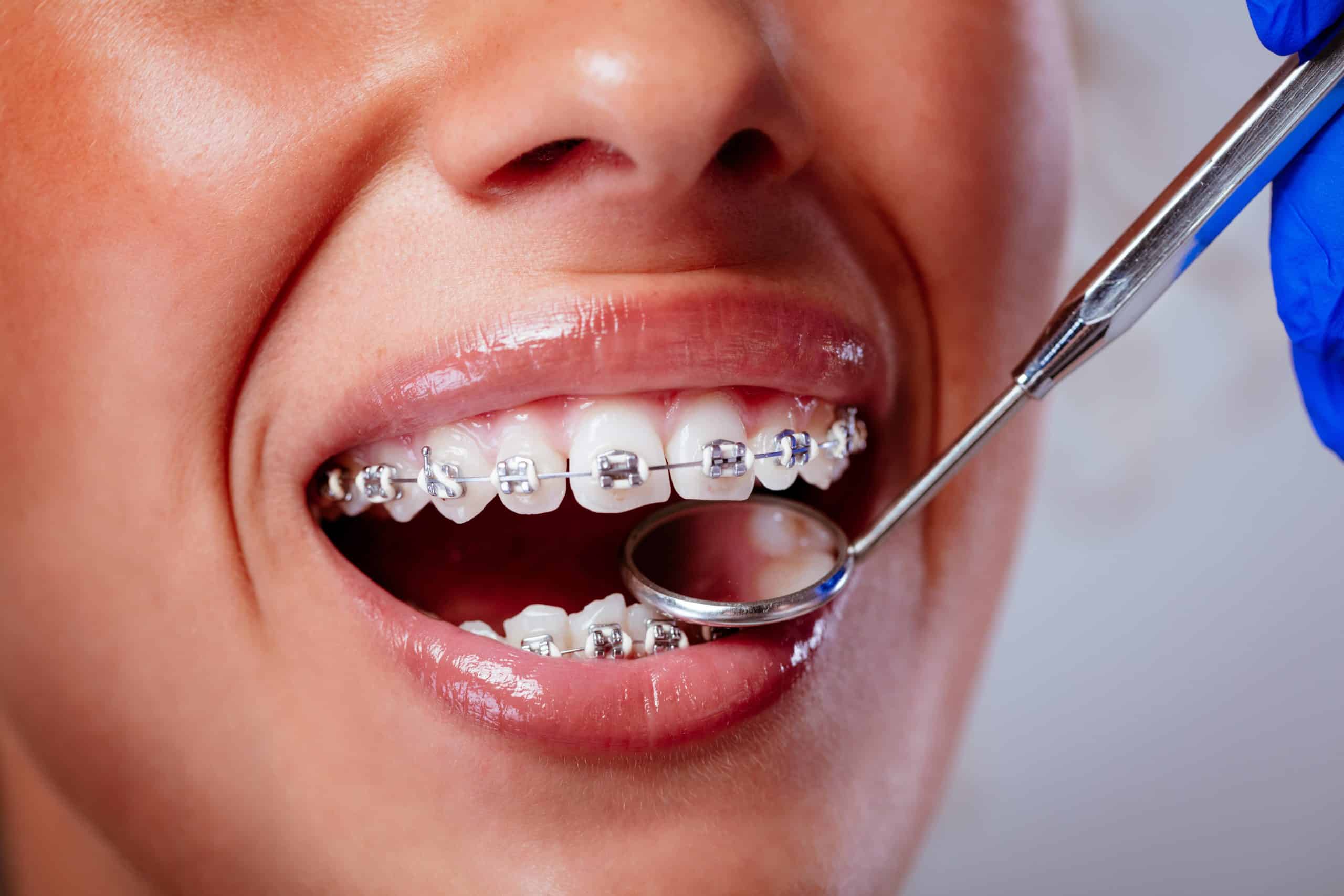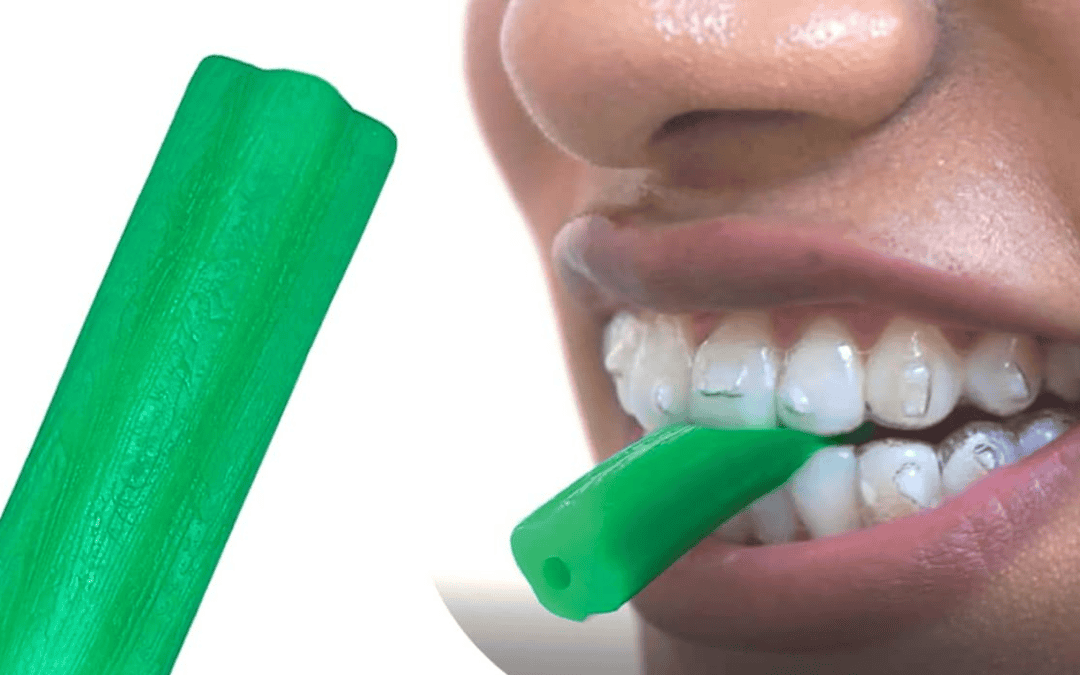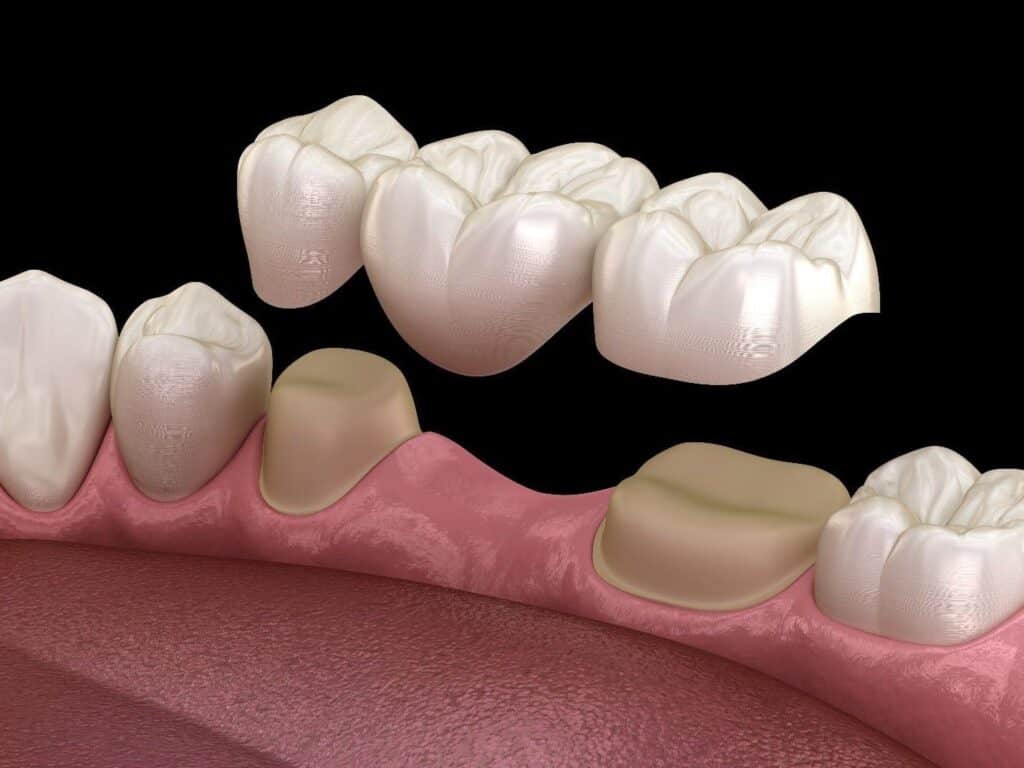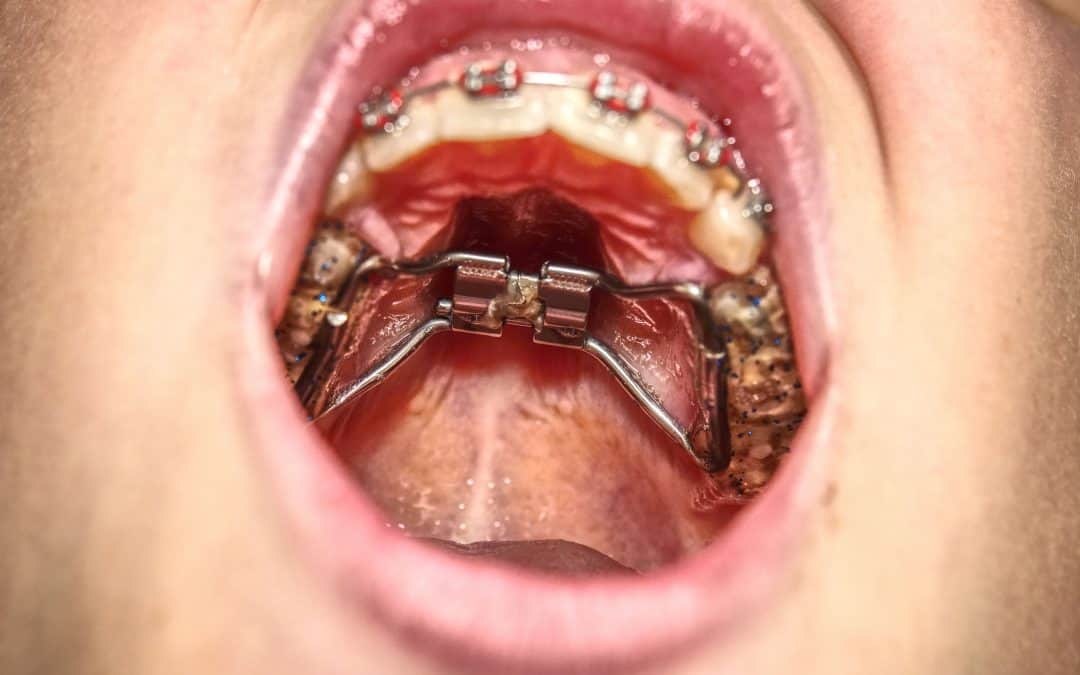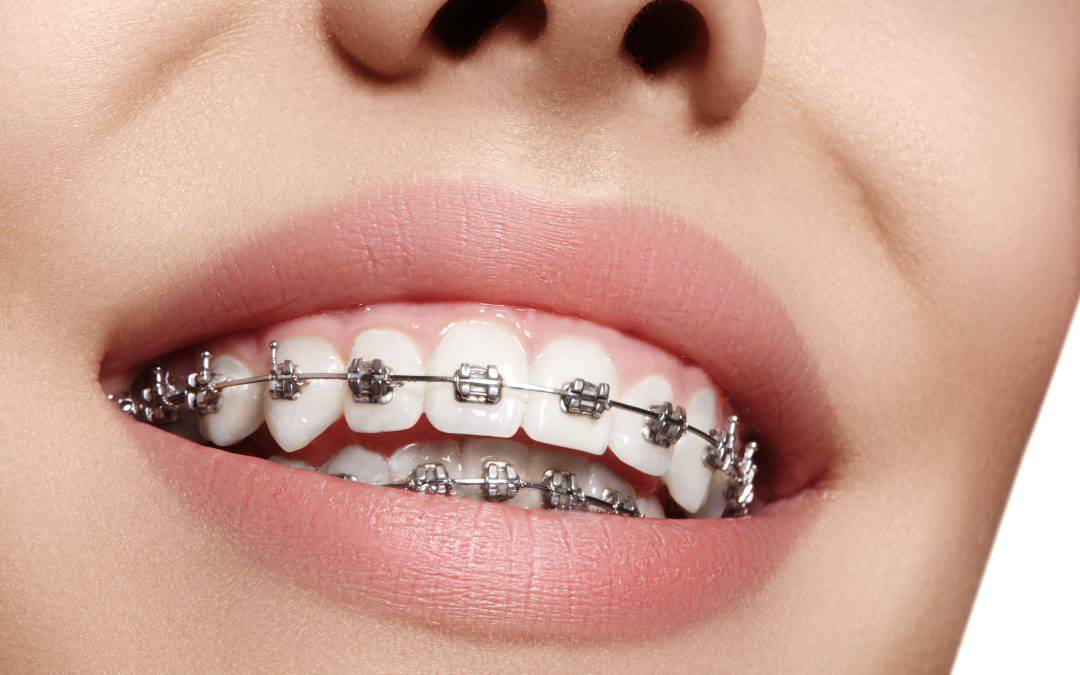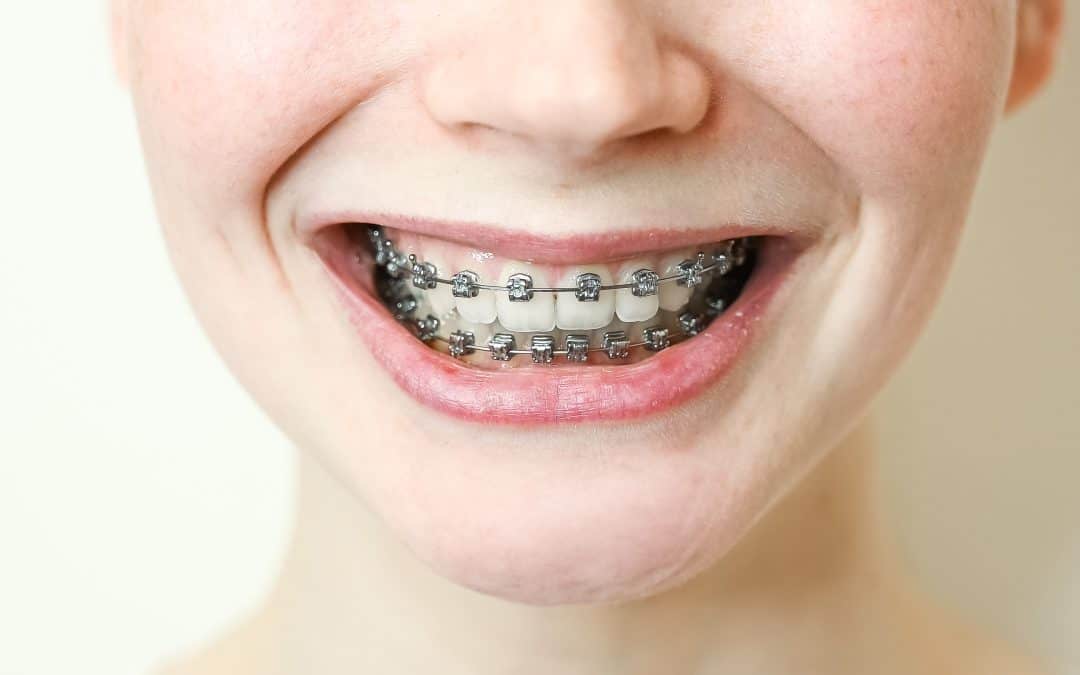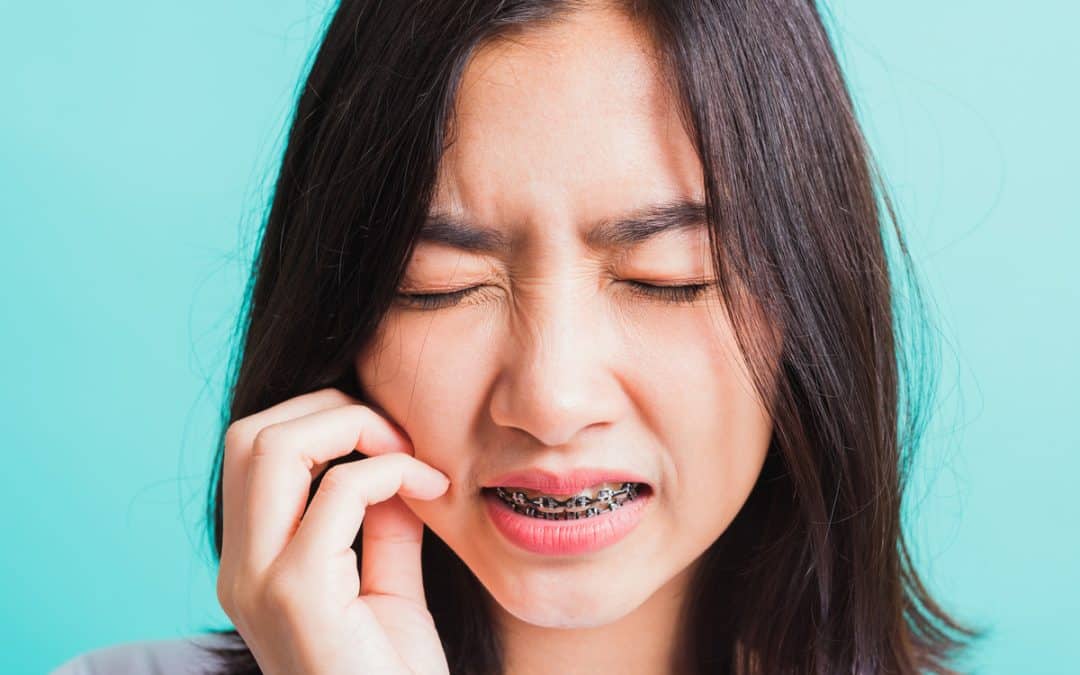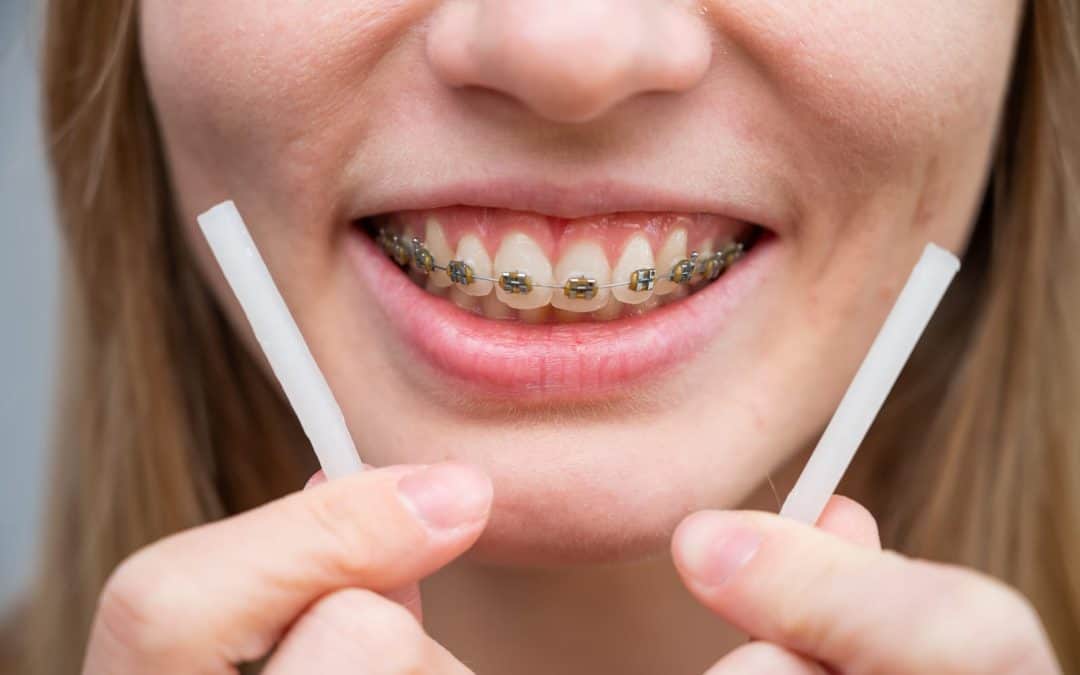Orthodontic treatment has always been the mainstay in dentistry and has given people a way to get thinner, better-aligned teeth. Braces were also an option often when orthodontic technology developed, and now they have expanded beyond simple metal brackets. In fact, if you are considering braces, you should understand different types of braces, how each works, and their costs, then decide what best suits your needs.
Unlocking the perfect smile is a journey personalized just for you – discover which types of braces are right for you and witness the magic of transformation. Embrace the process, embrace the change!
Different Braces types and costs
Traditional Braces
Although not as aesthetically pleasing as other options, traditional braces are highly effective in straightening teeth and correcting bite issues. Generally, expect to pay anywhere from $3000 to $7000 for traditional metal brackets, depending on case complexity and location.
Ceramic Braces
The basic premise of ceramic braces closely mirrors traditional metal braces, but the brackets are either color-matched or completely clear, giving them a less noticeable appearance. This choice has been a godsend for people who want a more discreet way to fix their teeth. Conversely, the ceramic braces are more susceptible to staining, and you pay a little extra–$4,000 to $8,000.
Lingual Braces
On the front of one’s teeth are these brackets. But lingual braces–these people do not know are there offer a low-key alternative to traditional braces. Lingual braces can also be more rigid on the teeth to clean and initially cause tongue discomfort. They are more expensive than regular braces, typically costing $8,000 to $10,000.
Self-Ligating Braces
It was tightened like conventional orthodontics, with self-ligating braces, leverage clips, or little doors instead of elastic bands to keep the wires in place. It also facilitates easier wire adjustments as well as shorter treatment times. Depending on the specific type and provider, self-ligating braces can cost $4,000 to $8,000.
How do Braces work?
Regardless of what type they may be, continuous pressure is applied to the teeth in order to shift them into place slightly. The bone around the teeth feels the pressure and tries to remodel. Shaping the bone to fit the new alignment is naturally done by pressure. Neither wire nor elastic band may be left unchanged forever. Every so often, they’ll replace these in a process called orthodontic change. One’s exact treatment time depends upon the complexity of the case, ranging from about a year to three.
Several Braces Benefits You Need to Know
Braces aren’t just about straightening your smile; they have many benefits beyond cosmetic improvement. Here are some significant braces benefits:
Improved Oral Health:
Straight teeth aren’t so easy to remove dirt from, and they’re easier to clean and maintain. By straightening the teeth, braces create a better environment in your mouth–affecting oral health.
Enhanced Bite Function:
Misaligned or maloccluded teeth cause discomfort when eating or searching for a speaker’s pronunciation. Aligning teeth, jaws, and braces corrects these problems and improves bite and oral function.
Preventing Future Dental Problems:
By doing braces to address orthodontic problems in children, they prevent more serious dental problems later in life.
Increased confidence and self-esteem:
Braces not only improve the look of your teeth but can also enhance facial aesthetics, making someone feel good looking in all directions.
Enhanced speech comprehension:
If the teeth are not straight, or one has an uneven bite and odd jaw position, these defects can interfere with speech clarity and diction. Treating these problems instead makes a person’s speech more standard and easier to understand.
Customized Treatments:
The traditional metal braces and the new clear aligning braces are some of the different orthodontic treatments available now.
Which Types of braces Fast Fix?
For those who want to speed up their dental treatments. Self-ligating dental braces allow for more efficient tooth movement and may shorten treatment time over traditional braces. However, before the device can be fabricated, versatility is essential. Some light accelerations are even multi-directional and protect against this massive headache caused by traditional devices. Propelling, Accele Dent, and ot the movement of teeth. But to get the most appropriate treatment method based on your individual needs and goals, it is essential to speak with an orthodher accelerated orthodontic methods use tools or methods to stimulate bone formation and increaseontist.
Dental Braces for Adults
Dental braces have become an option for adults as well. Whether traditional metal braces, ceramic braces, or clear aligners like Invisalign, several orthodontic options are uniquely tailored to adults’ complex needs. Accelerated orthodontic techniques could also be helpful for some adults who wish to hurry treatment along to obtain results faster.
Children’s Braces
The patient’s permanent teeth erupt between 9 and 14 years of age; orthodontic treatment for adolescents usually begins at this point. Early intervention may be helpful in subtly guiding tooth alignment and the development of jawbone structure. As such, it reduces the demand for extensive intervention later in life. Children frequently wear metal braces, while ceramic or clear aligners may be better for older children depending on their preferences or orthodontic needs. It is essential to have regular orthodontic checks to monitor growth and ensure timely treatment as needed.
Bottom Line
When determining which types of braces are suitable for you, take into account such factors as treatment goals, budget, lifestyle preferences, and orthodontic needs. Seeking advice from a well-qualified orthodontist from the Dental Health Clinic can help identify the best path forward and plan a treatment tailored to you. Choose the best one for you and get a smile full of confidence and lifelong improved oral health. Connect now.

